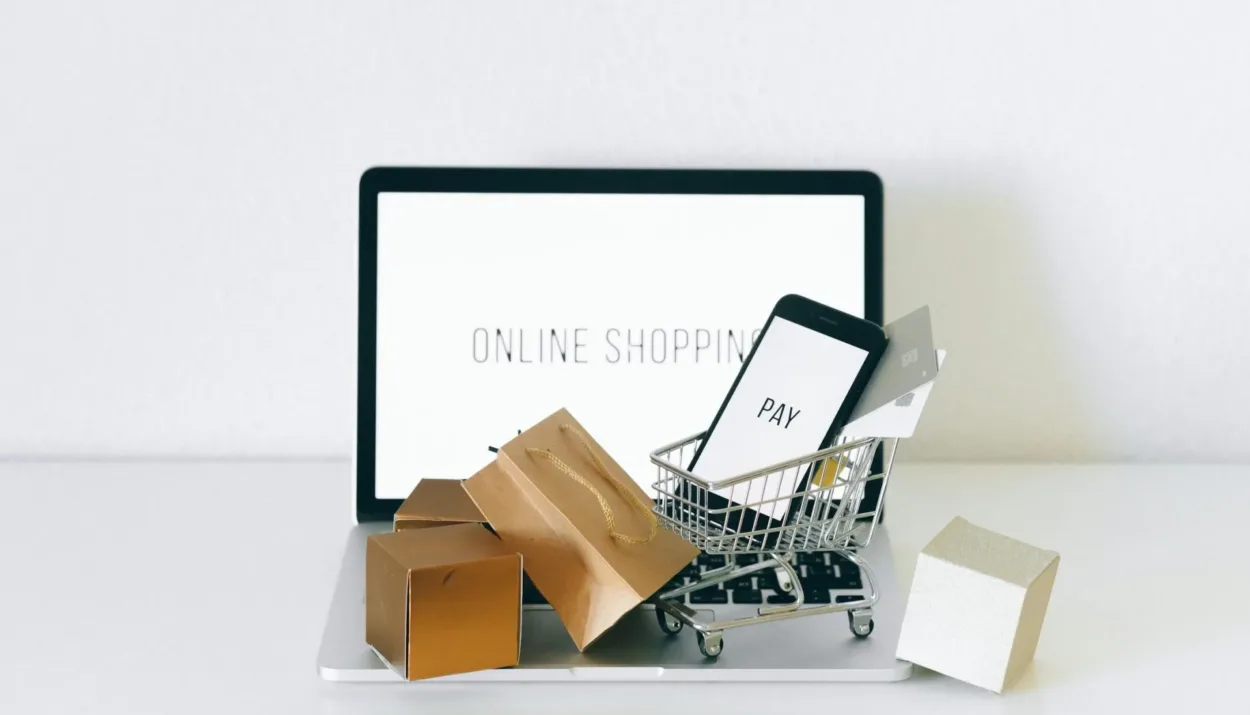If you’ve noticed that online shopping has become your go-to for everything from gadgets to groceries, you’re not alone. The rise of e-commerce in Kenya is reshaping the way we shop, and it’s making waves in the retail world.
But what does this shift mean for traditional brick-and-mortar stores?
The e-commerce boom: Kenya’s digital shopping revolution
Let’s kick things off with a quick look at how e-commerce has exploded in Kenya. A few years ago, online shopping was more of a niche activity, with only the tech enthusiasts and early adopters fully embracing it. Fast forward to today, and e-commerce is practically a household name. From buying clothes and electronics to ordering food and booking travel, we’re increasingly turning to our screens to handle our shopping needs.
Why the sudden surge? Well, there are several reasons fueling this e-commerce boom. For starters, Kenya has seen a significant increase in internet penetration and mobile phone usage. With more people connected online and smartphones in hand, it’s easier than ever to shop from the comfort of your home or even on the go.
Then there’s the convenience factor. Who wants to deal with traffic jams and long queues at the mall when you can have your favorite products delivered right to your doorstep? Online shopping offers a level of convenience that traditional retail just can’t match. Plus, with the rise of mobile money services like M-Pesa, making payments online has never been simpler or more secure.
Changing consumer habits: From malls to mobile screens
So, what’s driving us to swap out mall visits for online shopping sprees? It’s all about changing consumer habits. Kenyans are increasingly valuing convenience, variety, and price transparency. When you shop online, you have access to a vast array of products from different brands and sellers, all without having to leave your house. It’s like having a virtual mall at your fingertips!
Another big draw is the ease of comparing prices. Online platforms let you quickly check different sellers and find the best deals, which is a huge advantage over the traditional method of hopping from one store to another. Plus, many e-commerce sites offer exclusive online discounts and promotions that aren’t available in physical stores.
Let’s not forget the impact of social media. Platforms like Instagram and Facebook have become powerful tools for discovering new products and brands. Influencers and brands use these platforms to showcase their offerings, making it easier for us to shop directly through posts and stories. It’s a seamless blend of entertainment and shopping that keeps us hooked and buying more online.
Navigating the new normal
Now, let’s talk about how this e-commerce explosion is affecting traditional retail stores. Brick-and-mortar businesses are feeling the heat as more people choose online shopping over in-person visits. The shift isn’t just a minor trend; it’s a significant change that’s prompting many retail businesses to rethink their strategies.
Firstly, traditional stores are facing decreased foot traffic. With more consumers opting to shop online, malls and physical stores are seeing fewer customers walk through their doors. This decline in footfall can lead to lower sales and, in some cases, even store closures. It’s a challenging situation for businesses that rely heavily on in-store sales.
To keep up with the changing landscape, many traditional retailers are embracing e-commerce themselves. They’re setting up online stores, creating mobile apps, and leveraging digital marketing to reach customers where they are. This shift to online presence helps them tap into the growing e-commerce market and stay competitive.
However, it’s not just about setting up an online store and hoping for the best. Traditional retailers need to adapt to the unique challenges of e-commerce, such as managing inventory, handling online payments, and ensuring efficient delivery. It’s a whole new ball game that requires investment in technology and logistics.
The future of retail: A blend of online and offline
So, what does the future hold for retail in Kenya? It’s clear that e-commerce is here to stay, but that doesn’t mean brick-and-mortar stores are going away anytime soon. Instead, the future of retail is likely to be a blend of online and offline experiences.
Many businesses are adopting an omnichannel approach, where they integrate their physical and online stores to create a seamless shopping experience. This means you might browse products online, but pick them up in-store, or return online purchases at a physical location. It’s all about offering flexibility and convenience to meet the needs of today’s consumers.
Retailers are also investing in enhancing the in-store experience to make it more appealing and engaging. Think interactive displays, personalized services, and experiential shopping that can’t be replicated online. By creating a unique and memorable in-store experience, traditional retailers can attract customers who enjoy the tactile and social aspects of shopping.
Another trend to watch is the rise of social commerce. As social media platforms continue to integrate shopping features, we’re likely to see more brands and retailers leveraging these channels to drive sales. This means you could be shopping directly through your social feeds, making it even easier to discover and buy products.
Challenges and opportunities: Adapting to change
While the rise of e-commerce presents challenges for traditional retailers, it also opens up new opportunities. Businesses that can adapt to the changing landscape and embrace digital transformation are well-positioned to thrive in the evolving retail environment.
For traditional retailers, the key is to find ways to integrate e-commerce into their existing operations. This could involve setting up an online store, improving their digital marketing efforts, or enhancing their delivery and customer service. Investing in technology and staying up-to-date with digital trends can give retailers a competitive edge and help them capture a larger share of the e-commerce market.
On the flip side, e-commerce businesses also face their own set of challenges. They need to ensure secure payment systems, manage inventory effectively, and provide excellent customer service to build trust and loyalty. As the e-commerce market grows, competition will intensify, and businesses will need to differentiate themselves to stand out.
Consumer tips: Making the most of e-commerce
As a savvy shopper, there are a few tips to keep in mind to make the most of the e-commerce boom. Firstly, always check for reviews and ratings before making a purchase. This helps you gauge the quality of the product and the reliability of the seller.
Secondly, keep an eye out for promotions and discounts. Many online retailers offer special deals and sales that can help you save money on your purchases. Signing up for newsletters or following your favorite brands on social media can also keep you informed about the latest offers.
Lastly, be mindful of delivery times and costs. While online shopping offers convenience, it’s important to factor in shipping fees and estimated delivery dates. Some platforms offer free shipping or expedited options, so choose what works best for your needs.
Final thoughts: Embracing the new retail reality
The rise of e-commerce in Kenya is transforming the retail landscape, creating both challenges and opportunities for traditional stores. As we increasingly turn to online shopping for convenience and variety, brick-and-mortar businesses are adapting by integrating digital strategies and enhancing in-store experiences.
For consumers, this shift means more options, better deals, and a more seamless shopping experience. Whether you’re shopping online or visiting a physical store, the key is to stay informed and make the most of the evolving retail scene.
So, whether you’re snapping up the latest tech gadget online or enjoying a leisurely day at the mall, remember that the world of retail is changing. Embrace the new normal and enjoy the best of both worlds as e-commerce and traditional retail continue to evolve side by side.






